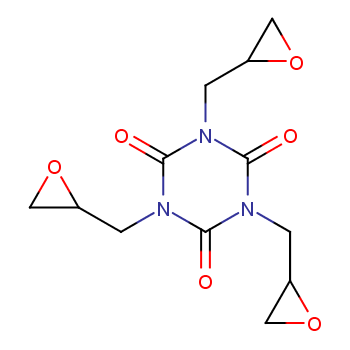 |
 |
(RS,RS,SR)-1,3,5-Tris(2,3-epoxypropyl)-s-triazine-2,4,6(1H,3H,5H)-trione 1,3,5-Triazine-2,4,6(1H,3H,5H)-trione, 1,3,5-tris(oxiranylmethyl)- 1,3,5-triglycidyl-s-triazinetrione 1,3,5-Tris(2-oxiranylmethyl)-1,3,5-triazinane-2,4,6-trione 1,3,5-Tris(oxiran-2-ylmethyl)-1,3,5-triazinane-2,4,6-trione 1,3,5-Tris(oxiran-2-ylmethyl)-1,3,5-triazinane-2,4,6-trione,TGIC,Triglycidyl isocyanurate 6(1h,3h,5h)-trione,1,3,5-tris(2,3-epoxypropyl)-s-triazine-4 6(1h,3h,5h)-trione,tris(2,3-epoxypropyl)-s-triazine-4 araldite pt-810 EINECS 219-514-3 glycidylisocyanurate HARDENER TGIC-P (TRIGLYCIDYL ISOCYANURATE MICROPOWDER GRADE) HARDENER TGIC-SP (MICROPOWDER WITH LOW CHLORINE CONTENT) Isocyanuric Acid Triglycidyl Ester Isocyanuric Acid Tris(2,3-epoxypropyl) Ester MFCD00080670 n,n’,n’’-triglycidylisocyanurate T6NVNVNVJ A1- BT3OTJ& C1- BT3OTJ& E1- BT3OTJ TEPIC Teroxirone TGIC TGIC,triglycidyl isocyanurate tgt TRIGLYCIDY ISOCYANURATE (TGIC) triglycidyl Triglycidyl Isocyanate Triglycidyl Isocyanurate Tris(2,3-epoxypropyl) Isocyanurate XB 2615
The triglycidyl isocyanurate , with the register number 2451-62-9, has other names as 1,3,5-Triazine-2,4,6(1H,3H,5H)-trione,1,3,5-tris(oxiranylmethyl)-;1,3,5-triglycidylisocyanuricacid;1,3,5-triglycidyl-s-triazinetrione;1,3,5-truglycidyl-s-triazinetrione;3,5-Triazine-2,4,6(1H,3H,5H)-trione,1,3,5-tris(oxiranylmethyl)-1;5-triazine-2,4,6(1h,3h,5h)-trione,1,3,5-tris(oxiranemethyl)-3;5-triazine-2,4,6(1h,3h,5h)-trione,1,3,5-tris(oxiranylmethyl)-3;6(1h,3h,5h)-trione,1,3,5-tris(2,3-epoxypropyl)-s-triazine-4 .
The physical properties of this kind of chemical are as following: (1)#H bond acceptors:? 9 ; (2)#Freely Rotating Bonds:? 6? ; (3)Polar Surface Area:? 98.52?? ; (4)Index of Refraction:? 1.635? ; (5)Molar Refractivity:? 65.48 cm3? ; (6)Molar Volume:? 182.8 cm3? ; (7)Polarizability:? 25.96 ×10-24 cm3? ; (8)Surface Tension:? 77.2 dyne/cm? ; (9)Density:? 1.625 g/cm3? ; (10)Flash Point:? 256.9 °C? ; (11)Enthalpy of Vaporization:? 76.99 kJ/mol? ; (12)Boiling Point:? 501.1 °C at 760 mmHg? ; (13)Vapour Pressure:? 3.56E-10 mmHg at 25°C.
It is a kind of white crystalline and its water dissolubility information is <0.1 g/100 mL at 20 oC. As for its usage, it is widely usde in many fields, such as being the curing agent of the polyester powder and also could be used in making Electrical insulating materials, printed circuit, adhesive and stabilizer for plastics. What's more, its product categories are including oxiranes;simple 3-Membered ring compounds.
Being a kind of toxic chemical, it may cause many damages in many ways: At low levels, it cause damage to health; It may cause heritable genetic damage; Toxic by inhalation and if swallowed; Risk of serious damage to eyes; May cause sensitisation by skin contact; Danger of serious damage to health by prolonged exposure. Besides, it is very harmful to aquatic organisms, may cause long-term adverse. effects in the aquatic environment.
As for so many impossible damages, you should be very cautious while dealing with this kind of chemical: Avoid exposure - obtain special instructions before use and in case of accident or if you feel unwell seek medical advice immediately (show the label where possible). Besides, avoid release to the environment. Refer to special instructions/safety data sheet. You could also get more safety information of WGK Germany? 3.
In addition, you could refer to the following data information to get the molecular structure:
SMILES:O=C1N(C(=O)N(C(=O)N1CC2OC2)CC3OC3)CC4OC4
InChI:InChI=1/C12H15N3O6/c16-10-13(1-7-4-19-7)11(17)15(3-9-6-21-9)12(18)14(10)2-8-5-20-8/h7-9H,1-6H2?
InChIKey:OUPZKGBUJRBPGC-UHFFFAOYAU
Below are the toxicity information of this kind of chemcial:
| Organism | Test Type | Route | Reported Dose (Normalized Dose) | Effect | Source |
|---|---|---|---|---|---|
| rat | LD50 | oral | 188mg/kg (188mg/kg) | LUNGS, THORAX, OR RESPIRATION: DYSPNEA GASTROINTESTINAL: "HYPERMOTILITY, DIARRHEA" SKIN AND APPENDAGES (SKIN): HAIR: OTHER |
National Technical Information Service. Vol. OTS0555027, |
Acute toxicity - Oral, Category 3
Serious eye damage, Category 1
Skin sensitization, Category 1
Acute toxicity - Inhalation, Category 3
Germ cell mutagenicity, Category 1B
Specific target organ toxicity \u2013 repeated exposure, Category 2
Hazardous to the aquatic environment, long-term (Chronic) - Category Chronic 3
| Pictogram(s) |    |
|---|---|
| Signal word | Danger |
| Hazard statement(s) | H301 Toxic if swallowed H318 Causes serious eye damage H317 May cause an allergic skin reaction H331 Toxic if inhaled H340 May cause genetic defects H412 Harmful to aquatic life with long lasting effects |
| Precautionary statement(s) | |
| Prevention | P264 Wash ... thoroughly after handling. P270 Do not eat, drink or smoke when using this product. P280 Wear protective gloves/protective clothing/eye protection/face protection. P261 Avoid breathing dust/fume/gas/mist/vapours/spray. P272 Contaminated work clothing should not be allowed out of the workplace. P271 Use only outdoors or in a well-ventilated area. P201 Obtain special instructions before use. P202 Do not handle until all safety precautions have been read and understood. P260 Do not breathe dust/fume/gas/mist/vapours/spray. P273 Avoid release to the environment. |
| Response | P301+P310 IF SWALLOWED: Immediately call a POISON CENTER/doctor/\u2026 P321 Specific treatment (see ... on this label). P330 Rinse mouth. P305+P351+P338 IF IN EYES: Rinse cautiously with water for several minutes. Remove contact lenses, if present and easy to do. Continue rinsing. P310 Immediately call a POISON CENTER/doctor/\u2026 P302+P352 IF ON SKIN: Wash with plenty of water/... P333+P313 If skin irritation or rash occurs: Get medical advice/attention. P362+P364 Take off contaminated clothing and wash it before reuse. P304+P340 IF INHALED: Remove person to fresh air and keep comfortable for breathing. P311 Call a POISON CENTER/doctor/\u2026 P308+P313 IF exposed or concerned: Get medical advice/ attention. P314 Get medical advice/attention if you feel unwell. |
| Storage | P405 Store locked up. P403+P233 Store in a well-ventilated place. Keep container tightly closed. |
| Disposal | P501 Dispose of contents/container to ... |
none
 |
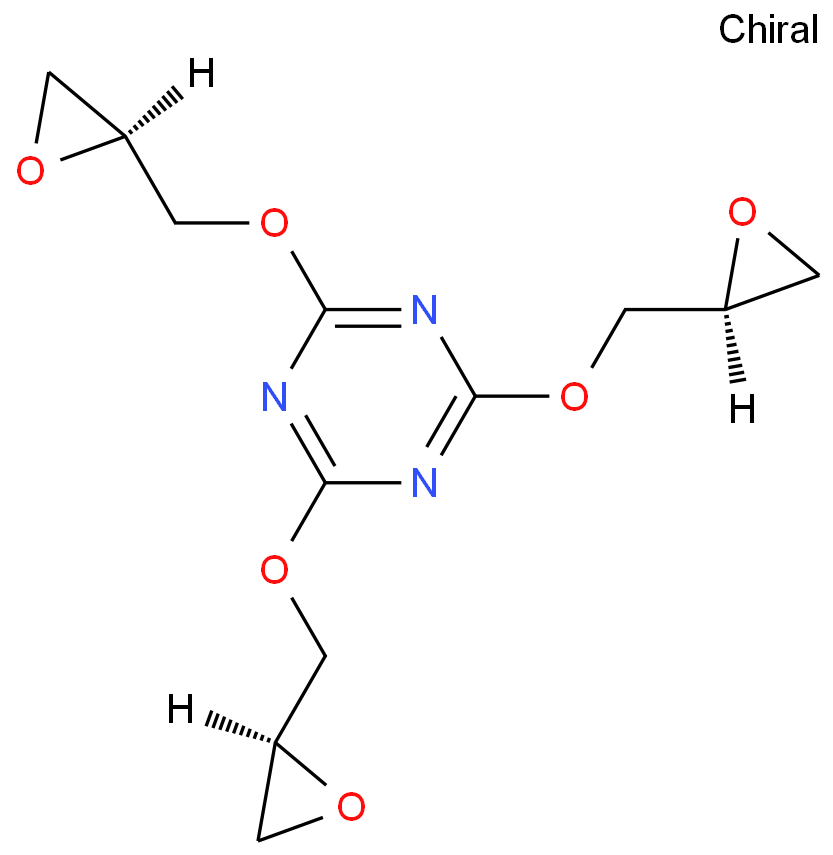 |
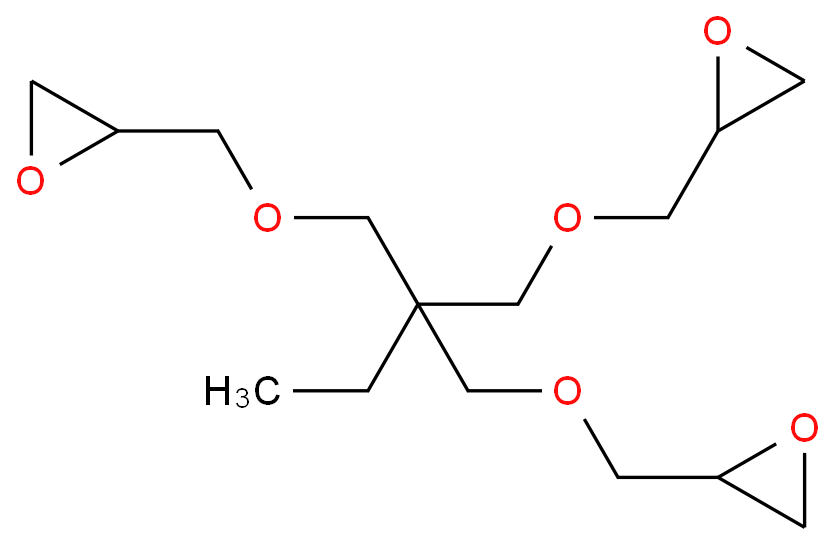 |
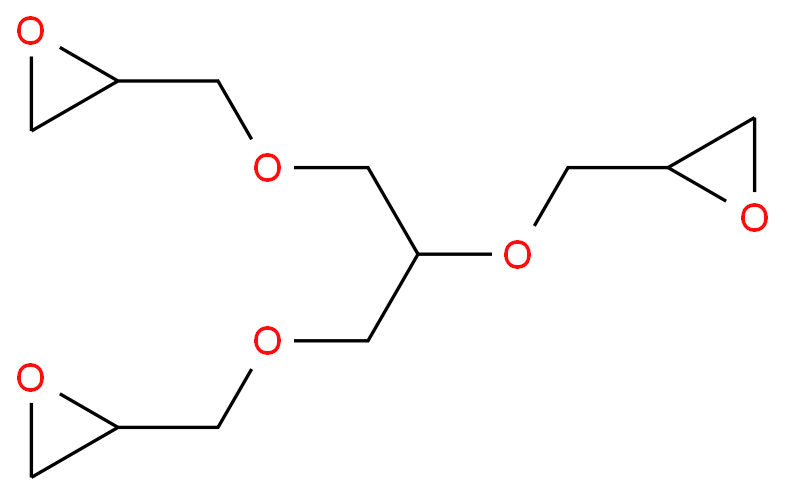 |
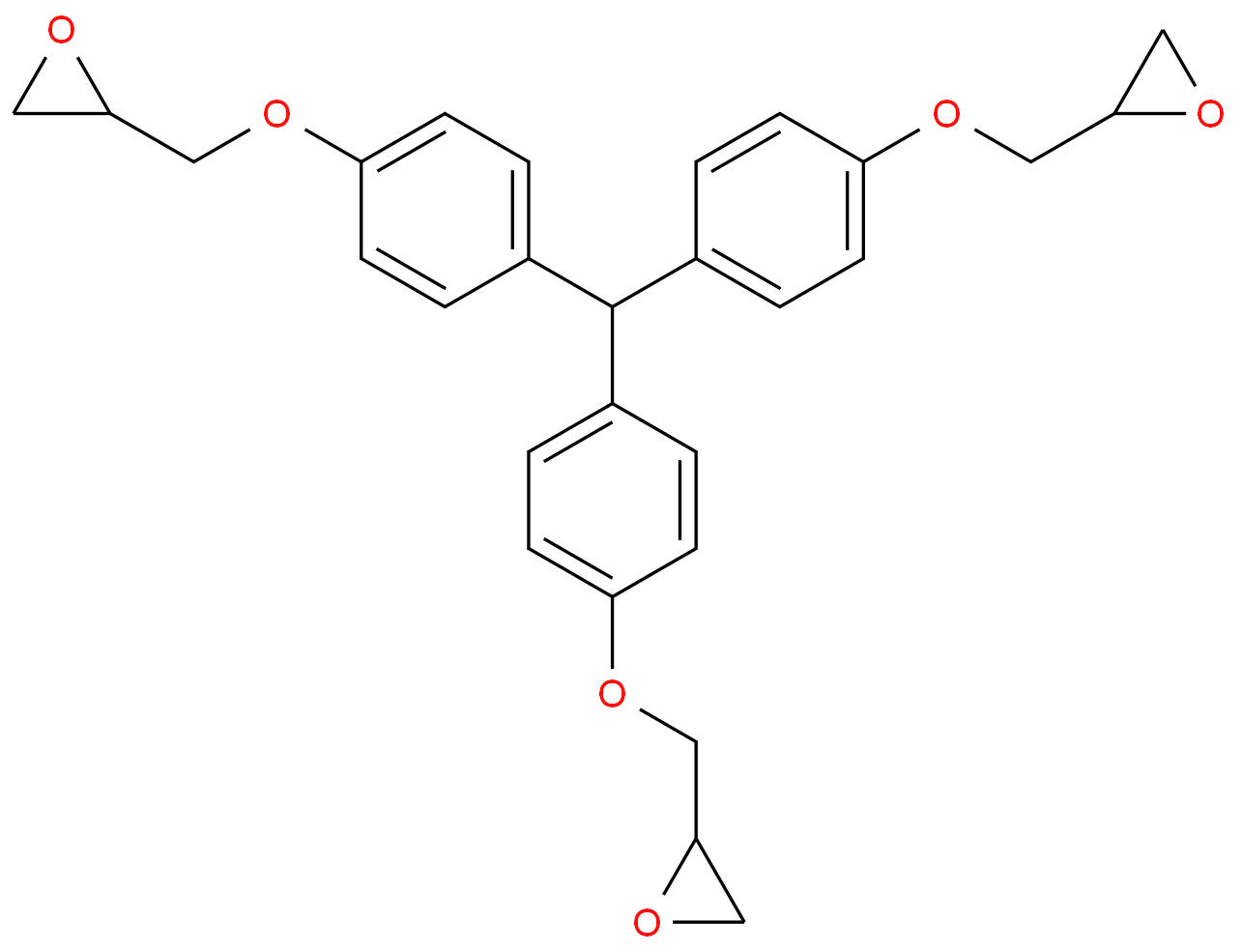 |
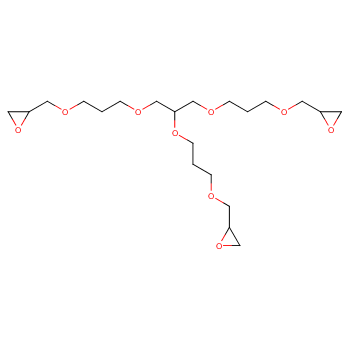 |
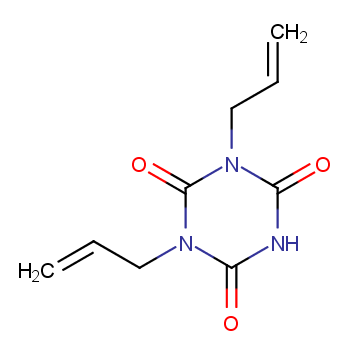 |